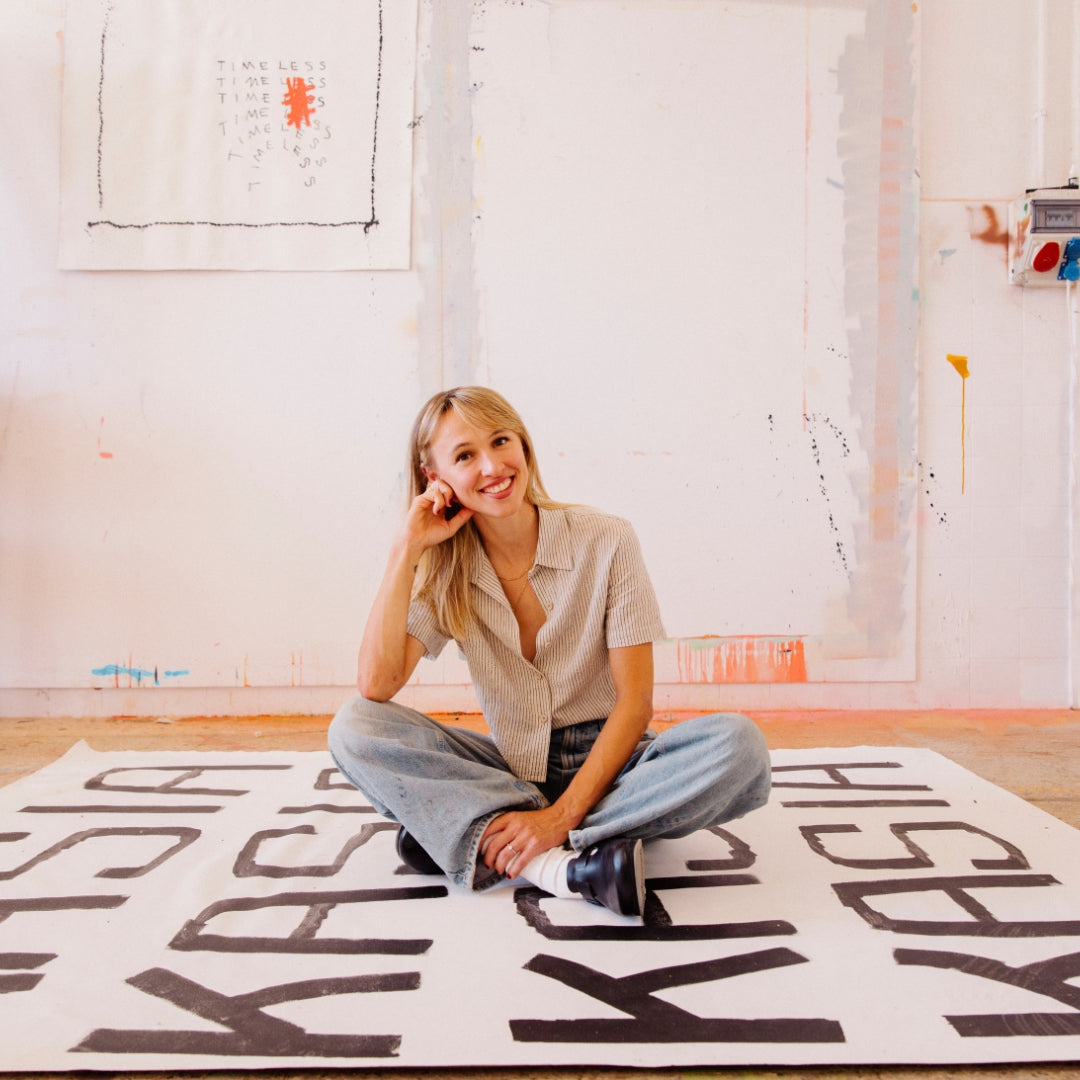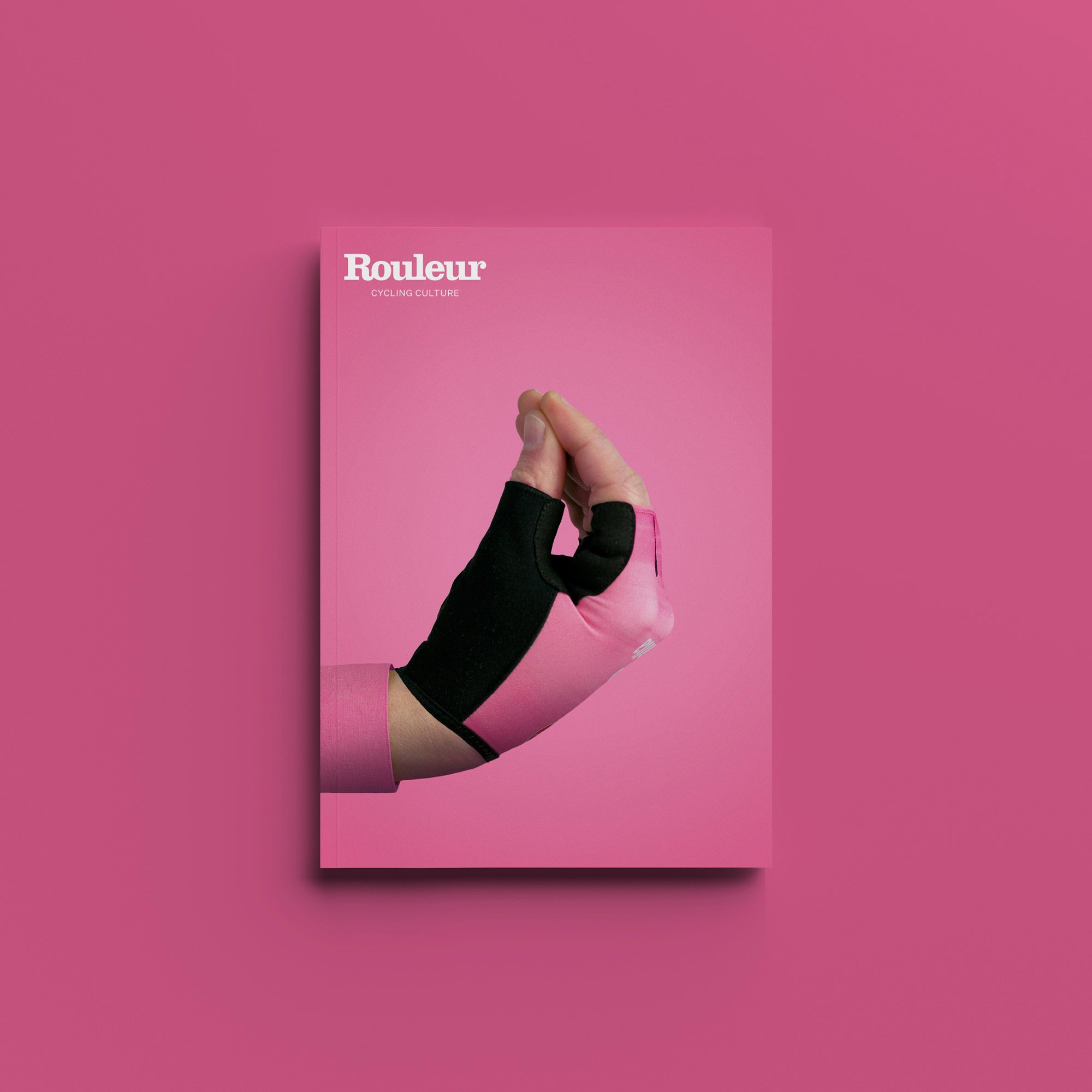We recently sat down with him for an interview to mark the re-release of his 2001 classic, Need for the Bike.
Rouleur: You are a prize-winning poet, novelist and playwright (among other things), but the sport of cycling has maintained a place in your life and work. Will it always?
I would love it to, but it’s not just my decision: my old quadriceps, my old breath and my old inspiration will also have something to say about it! For the moment, I’m still pedalling away (though not so fast) and I’m still writing about bicycles (among other things). Let’s hope it lasts.
Do you “write” while on the bike? Do ideas come to you …?
It depends. On a hard climb, my only intellectual activity consists of opening my mouth as wide as possible to get a bit of oxygen; on a long descent, I’m thinking more about my brakes and my trajectory. Sometimes, when it’s flat and I’m rolling along peacefully, I’ll turn over a few ideas, make small sentences, build stories I may never write. It happens automatically, without planning.

In truth, my bicycle serves more to liberate me from my work, to draw me away for a moment from the text and allow me to return to it refreshed, mind cleansed. Like new.
As President of Oulipo, have you proposed any “constrained writing” ideas based on cycling (eg gearing)
Yes. I’ve actually just finished creating a little poetic form inspired by the bicycle. It’s called ‘in two ways’ and explores two possible paths for a ride. Here’s an example:
The fork
The route tempts me, I am lost.
I’ve stopped talking to my calves.
I can see coming the fork towards elsewhere
Or rather towards here. I am lost.
Here the forest There the sloping field
And the night so green And the green brook
Great forests of fir trees And the blue horizon
The shiver and the eye The route the wind.
Who is slow to see Serpent uncovered.
More than the curve. Without doubt cows
Maybe wolves Occasionally a hamlet.
In the noise of the brakes Change gears
Between the wind the fear you are lost,
But I chose my wind, chose my fear.
At this point in the journey and afterwards
So many kilometres I look for my legs.

In the “Violent Bike” section of Need for the Bike you describe several unfortunate “chutes”. When was your last crash (and whose fault was it)?
I used to be an enthusiastic and clumsy cyclist, so I fell off a lot out of sheer enthusiasm. Now I’m still a clumsy cyclist, but I’m calmer – much calmer. I’ve thus decided not to fall off anymore. And I’ve not done so in a long time. On the other hand, I remember very clearly that when I have fallen off in the past, it was always my fault.
Paul Fournel on the Rouleur podcast
How would you judge the aesthetics of cycling now compared with the era of Jacques Anquetil, in the 60s, when you fell in love with the sport?
The wind tunnel introduced a revolution in cycling aesthetics. All the racers today look more or less the same as each other. They’re well balanced on their machines, as elegant and aerodynamic as possible. If we add that they’re also carefully hidden behind their sunglasses and helmet, then they’re often impossible to identify. Even the professional reporters get them mixed up. This is with the notable exception of Froome, who remains different to, but not necessarily more beautiful than, his comrades.
 Jostein Wilmann, Hennie Kuiper, JR Bernaudeau, Joop Zoetemelk, Agostinho, Alban, De Muynck
Jostein Wilmann, Hennie Kuiper, JR Bernaudeau, Joop Zoetemelk, Agostinho, Alban, De Muynck
In the old days of cycling, you could recognise at first glance the lopsided posture of a Pollentier, the contorted look of an Agostinho, the balanced shoulders of little Robic, the elegant peaked cap of a Poulidor, the conflicting expressions of a Geminiani. In this varied world, Anquetil stood out as the perfect mark of his class and his ideal position. Perhaps today he would be drowned out in the collective efficiency of the peloton shaped by the wind.
How have you enjoyed the experience of adapting your other cycling book Anquetil, Alone, for the stage?
I’ve been very lucky. My texts have always been adapted by talented people. I had nothing to do for André Dussolier when he performed my book ‘Les athlètes dans leur tête’: he simply played my text just as I’d written it, and had enormous success with it.
For Anquetil, Alone, it was Roland Guenoun, the director, who did the work of adaptation. He asked me my opinion, and I simply advised him to take a bit more liberty with the text – which he did not do. He must have been right, since the play is about to run for its fifth season!
Today, Jean-Pierre Bourdaleix is bringing my new cyclists to the stage and, like Dussolier, he will perform the text itself.
For me it’s a great joy to see my words and characters performed, to see them on stage coming to meet me. A pure pleasure.
Paul Fournel is a French writer, poet, publisher and cultural ambassador. Need for the Bike was recently re-published in paperback and ebook by Pursuit Books

The post A short sit-down with Paul Fournel appeared first on The world's finest cycling magazine.






























